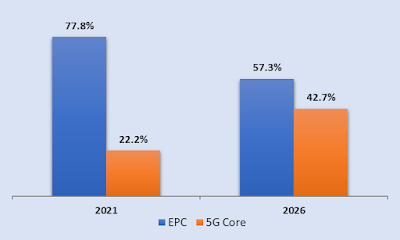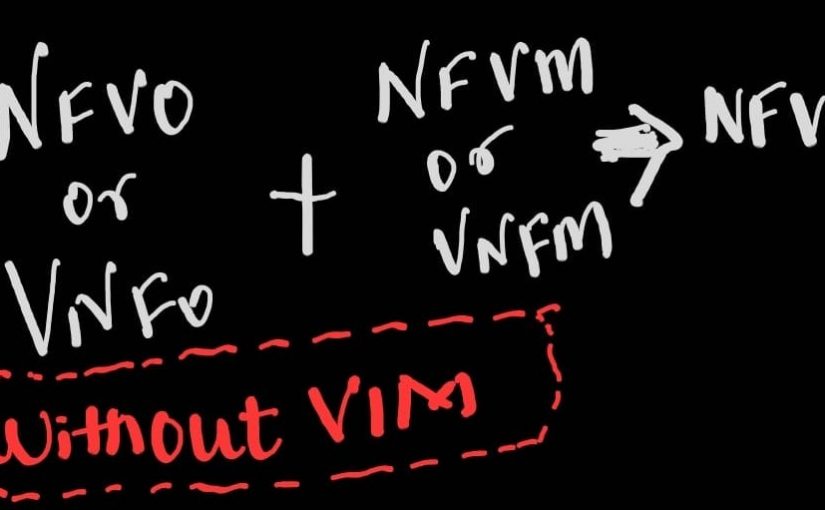AI and its applications in the RAN
Excerpted from our report AI and RAN – How fast will they run?
The above figure charts the progression of the revenue shares of the key end-applications for AI in the RAN.
Insight Research identifies the following key end-applications for AI in the RAN:
- Traffic Optimization
- Caching
- Energy management
- Coding
The impression surrounding the all-pervasiveness of AI is principally shaped by the somewhat recent unleashing of the power of generative AI. Generative AI and LLM are arguably the more flamboyant exponents of AI and definitely the more recent ones. AI as a construct, however, has its roots in the previous century.
AI has made itself at home in the RAN almost as early as the advent of cellular mobility itself. There have been several compelling reasons for the technology to operate under the radar for a major portion of its existence:
- There was little appreciation of AI as a distinctive technology. This was because AI offered only piecemeal incremental improvement in RAN monitoring and optimization metrics, especially in energy management. AI was thus only useful, not earth shattering.
- The complexity of networks was weighed mainly in the ability of the network to deliver higher throughput over a wider coverage area. This mandate was compelling enough for the planners of those networks to stretch their resources, but not appealing enough to stretch the limits of AI. It is only with the advent of 5G that diversity became a marker of network complexity. Diversity led to non-linear progression in network demands and lent considerable unpredictability to the RAN performance metrics. This reality presented a fertile ground for AI to make a seminal difference.
While 5G presented compelling challenges for network planners, it also equipped them with tools and pathways to counter those challenges by facilitating the entry of AI into the very core of the RAN stack. Initiatives of consequence on this front are outcomes of the disaggregation of the RAN – real or virtualized. One must credit the stakeholder community behind initiatives such as SDN, NFV, CNF and O-RAN for keeping the faith in the face of enormous initial and sometimes on-going skepticism in several quarters. As a result of the community’s tenacity, AI is improving its usability in the RAN by leaps and bounds.
An equally far-reaching impact will be felt on the vendor landscape in the RAN. Presently, the choices for telcos have shrunk considerably with the number of serious vendors not exceeding the fingers in a single human hand! As the product coverage, vendor analysis and telco initiative tracking reveal, AI is opening the marketplace is a steady yet systematic manner. AI is allowing companies of varied profiles and pedigrees to take a serious view of overcoming the compellingly high entry level barrier.
|
RELATED BLOGS

Future of 5G Core – Putting it in Numbers

The “Big O” in the NFVO… and the MANO


